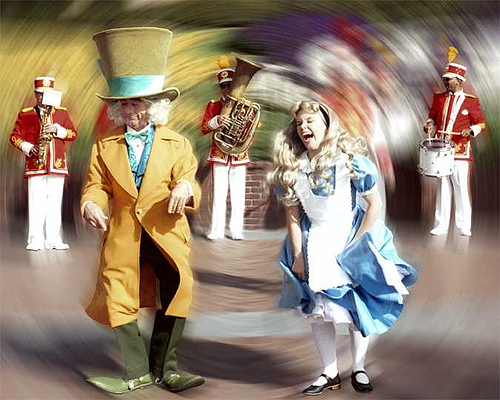
Dear Dr. Donohue — In 1970, when in college, I had a friend whobruised so badly that she looked like a battered woman. the doctorat the health care center told her to take vitamin C because itstrengthens cell walls. she did, and the bruising stopped.
My father died of ischemic stroke and had suffered from heartdisease. my mother has had several hemorrhagic strokes. I am 60 andstarted taking baby aspirin. I am bruising more. I am thinkingabout adding vitamin C to my program. will it interfere with thebaby aspirin’s blood-thinning effect? — N.L.
Answer — Ever hear of scurvy? It’s not seen much these days, butin the 15th through 18th centuries, it was a common disorder andwas rampant among sailors. Dr. James Lind, a British naval surgeon,experimented with groups of sailors, giving them a variety oftreatments. the group given a daily lemon and two oranges recoveredquickly from all the signs and symptoms of scurvy. those signs aresmall and large bruises, bleeding from the gums, coiled hairs,joint pains and impaired wound healing. Perhaps this was behind thecollege doctor’s prescription of vitamin C for your friend.
Vitamin C is involved with the synthesis of collagen, one of themajor support tissues in the body. It’s a powerful antioxidant,neutralizing oxidants, which are byproducts of cell metabolism thatwreak havoc in the body. It aids in the absorption of iron. Itkeeps the immune system healthy. It stops the bleeding and bruisingof scurvy by strengthening capillaries, the smallest of bloodvessels. I find no information that it interferes with aspirin’santi-platelet effect. Platelets form clots that sometimes occur inarteries and obstruct blood flow. the result can be a heart attackor a stroke.
With your mother’s history of hemorrhagic (bleeding) strokes,you should consult your doctor before launching into dailyaspirin.
Dear Dr. Donohue — my 51-year-old son has been diagnosed with aZenker’s diverticulum. He has seen many specialists, but none hasspoken of a cure. He has difficulty swallowing. is there anyrelief? — M.F.
Answer — the loss of tissue elasticity, along with weakening ofthe swallowing muscles, sets the scene for the bulging of thethroat lining through the throat muscles to create a pouch. That’sa Zenker’s diverticulum. Food gets caught in the pouch, and noeffort on a person’s part can dislodge it. Difficulty swallowingand an increased production of saliva result. Food decomposes inthe pouch. Eventually it’s regurgitated into the mouth and createsa foul odor.
Surgery corrects the situation. a newer technique is the use ofa flexible scope, introduced through the mouth, that permits repairwithout an incision.
Write Dr. Donohue at P.O. Box 536475, Orlando, Fla.32853-6475.